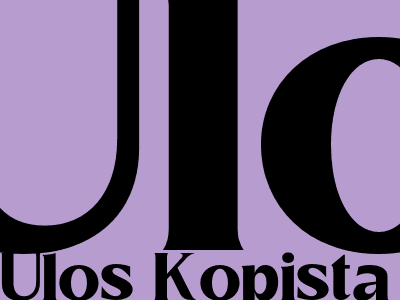
Ulos Kopista: The Enduring Handwoven Fabric from the Batak Tribe
A Cultural Tapestry of Tradition and Expression
Ulos kopista, a traditional handwoven fabric originating from the Batak tribe of North Sumatra, Indonesia, has captivated the world with its intricate designs and vibrant colors. This exquisite cloth holds immense cultural significance, embodying the Batak people's rich heritage and artistic traditions.
Woven from fine cotton or silk threads, ulos kopista is characterized by its distinctive horizontal stripes and geometric patterns. Each motif carries symbolic meanings, representing ancestral beliefs, social status, and ceremonial occasions. The intricate designs are created using a backstrap loom, where the warp threads are secured to a frame while the weft threads are passed through by hand.
The Art of Creating Ulos Kopista
Creating ulos kopista is a time-honored skill passed down through generations of Batak artisans. The process begins with selecting high-quality cotton or silk threads, which are then dyed using natural pigments extracted from plants and minerals.
The loom is then set up, and the warp threads are tensioned. The weaver sits on the ground, holding the warp threads between their toes and using a wooden shuttle to pass the weft threads through. The patterns are created by varying the tension of the threads, creating stripes and geometric designs.
Cultural Significance of Ulos Kopista
Ulos kopista plays a central role in Batak culture, serving as a symbol of identity, social status, and ceremonial occasions.
Different types of ulos kopista are worn for specific ceremonies, such as weddings, funerals, and traditional dances. The patterns and colors of the cloth convey messages about the wearer's status, marital status, and social standing.
In addition to its ceremonial significance, ulos kopista is also used in everyday life as a blanket, shawl, or decorative wall hanging. The vibrant colors and intricate designs add a touch of traditional elegance to any room.
Preserving the Tradition
In recent years, there has been a growing concern about the preservation of traditional ulos kopista weaving. The younger generation is increasingly drawn to modern textiles, and the number of skilled weavers is declining.
Efforts are being made to revive and preserve the art of ulos kopista weaving. The Indonesian government has designated it as a national cultural heritage, and there are several initiatives underway to train new weavers and promote the use of traditional textiles.
Ulos Kopista in the Modern World
Today, ulos kopista continues to inspire contemporary designers and fashion enthusiasts. Its unique patterns and vibrant colors have found their way into modern clothing, accessories, and home decor.
The enduring appeal of ulos kopista is a testament to the enduring artistry and cultural traditions of the Batak people. As a symbol of identity and a source of creative inspiration, this exquisite handwoven fabric continues to captivate and enchant the world.